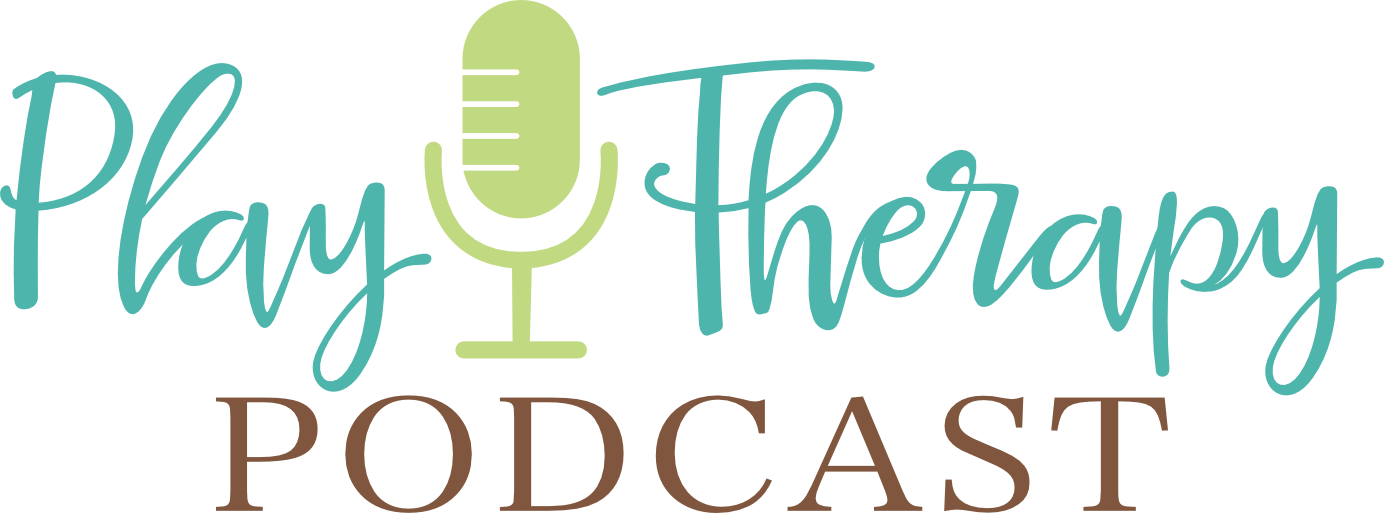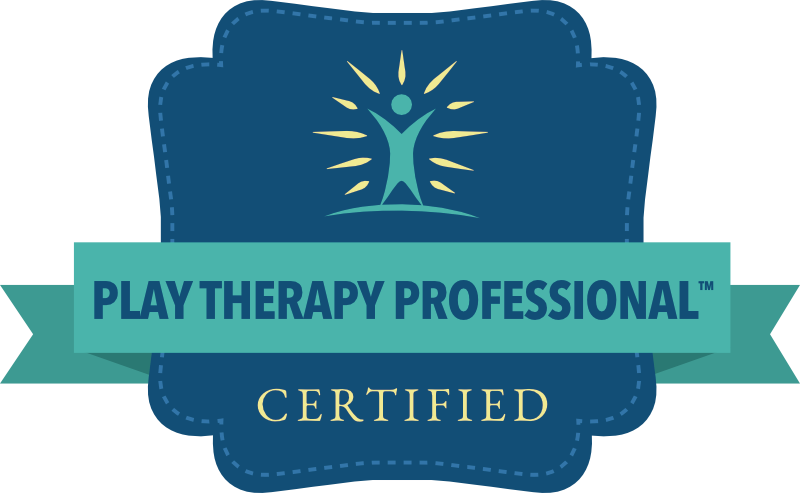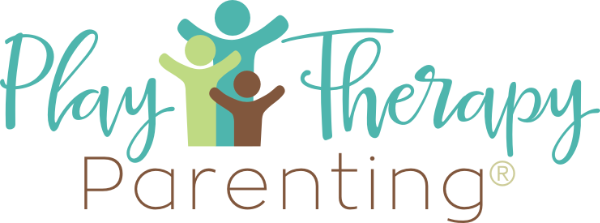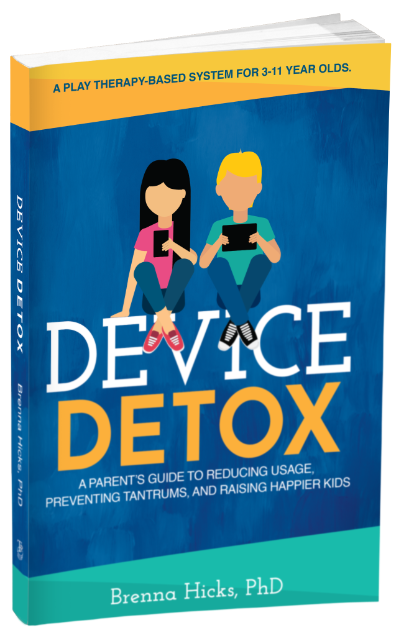Safe Play: What It Means When a Child Picks the Same Toys Every Time
First, I discuss how this pattern could indicate the child is in a state of resistance or avoidance. They may be doing “safe play” to delay diving into deeper issues they don’t feel ready to tackle yet. It’s important to remember that even if a child isn’t playing in the way we expect, it doesn’t mean valuable work isn’t happening. We have to trust the child-centered play therapy process and the child’s own self-actualization.
I share an illustrative story about a child who vacuumed every session, emphasizing the importance of allowing children to do what they need to do and not forcing the process.
Finally, I touch on the topic of toy visibility and accessibility in the playroom. While it’s ideal to have toys openly displayed, children will make do with what is available. The most important thing is providing a safe, accepting therapeutic environment.
If you would like to ask me questions directly, check out www.ccptcollective.com, where I host two weekly Zoom calls filled with advanced CCPT case studies and session reviews, as well as member Q&A. You can take advantage of the two-week free trial to see if the CCPT Collective is right for you.
Ask Me Questions: Call (813) 812-5525, or email: [email protected]
Brenna’s CCPT Hub: https://www.playtherapynow.com
CCPT Collective (online community exclusively for CCPTs): https://ccptcollective.com
Podcast HQ: https://www.playtherapypodcast.com
APT Approved Play Therapy CE courses: https://childcenteredtraining.com
Twitter: @thekidcounselor https://twitter.com/thekidcounselor
Facebook: https://facebook.com/playtherapypodcast
Trusting the Child’s Process: Understanding Repetitive Play in Later Sessions
I want to address a question from Katie in Florida about what to do when children seem unsure of what to play with in later play therapy sessions and gravitate toward the same activities each time. This is a common challenge many of us face, and I’d like to share some insights on how to navigate this situation.
Understanding Resistance and Avoidance
When a child consistently chooses the same play activities after several sessions, it could indicate that they are in a state of resistance or avoidance. They may be engaging in “safe play” to delay diving into deeper issues they don’t feel ready to tackle yet. It’s crucial to remember that even if a child isn’t playing in the way we expect, it doesn’t mean valuable work isn’t happening.
Trusting the Child-Centered Play Therapy Process
As play therapists, we must trust the child-centered play therapy process and the child’s own self-actualization. We have to believe that the child knows their issues and struggles and will address them in their own way, time, and pace. Our role is to provide a safe, accepting environment where the child feels free to do what they need to do when they need to do it.
The Importance of Allowing Children to Do What They Need
I once heard a story about a child who vacuumed every single session in play therapy. The therapist struggled with this but ultimately realized that the child needed to do this, and the therapist needed to allow it. This story perfectly illustrates the importance of letting children do what they need to do in play therapy, without forcing or guiding them in a particular direction.
Reframing Our Expectations
As therapists, we may have certain expectations about how play therapy should progress, such as children using miniatures, engaging in narrative play, or expanding to new toys. However, we need to reframe our thinking and understand that children are still doing valuable work, even if it doesn’t align with our expectations. They may be preparing themselves to tackle deeper issues, and our unconditional acceptance is crucial in this process.
Toy Visibility and Accessibility in the Playroom
While it’s ideal to have toys openly displayed and easily accessible in the playroom, as it allows children to gravitate towards what they need, it’s not always possible. If you find yourself in a situation where toys are stored in bins or boxes, do your best to make the playroom as child-centered as possible. Remember, children will make do with what is available, and the most important thing is providing a safe, accepting therapeutic environment.
Conclusion
Navigating repetitive play in later child-centered play therapy sessions can be challenging, but it’s essential to trust the process and the child’s self-actualization. By allowing children to do what they need to do, reframing our expectations, and providing a safe, accepting environment, we can support them in their therapeutic journey.








